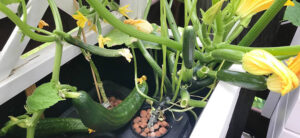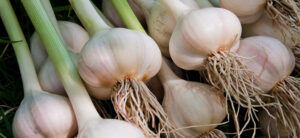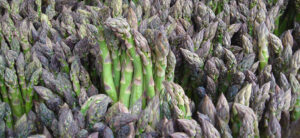Hydroponic Mushrooms: Growing Mycelium Without Soil!
It’s safe to say that mushrooms aren’t usually the first crops that people consider growing. Especially when it comes to hydroponics. Usually other growing mediums are associated with mushrooms.
However, despite the fact that they do not have roots, they can easily be grown in a standard hydroponic set-up.
There are plenty of benefits to growing mushrooms at home too. The best part is just about any kind of mushroom can thrive in a hydroponic environment.
If you’re wondering how to grow hydroponic mushrooms, you’ve come to the right place. We’ll teach you everything you need to know in this helpful guide.
Continue reading











